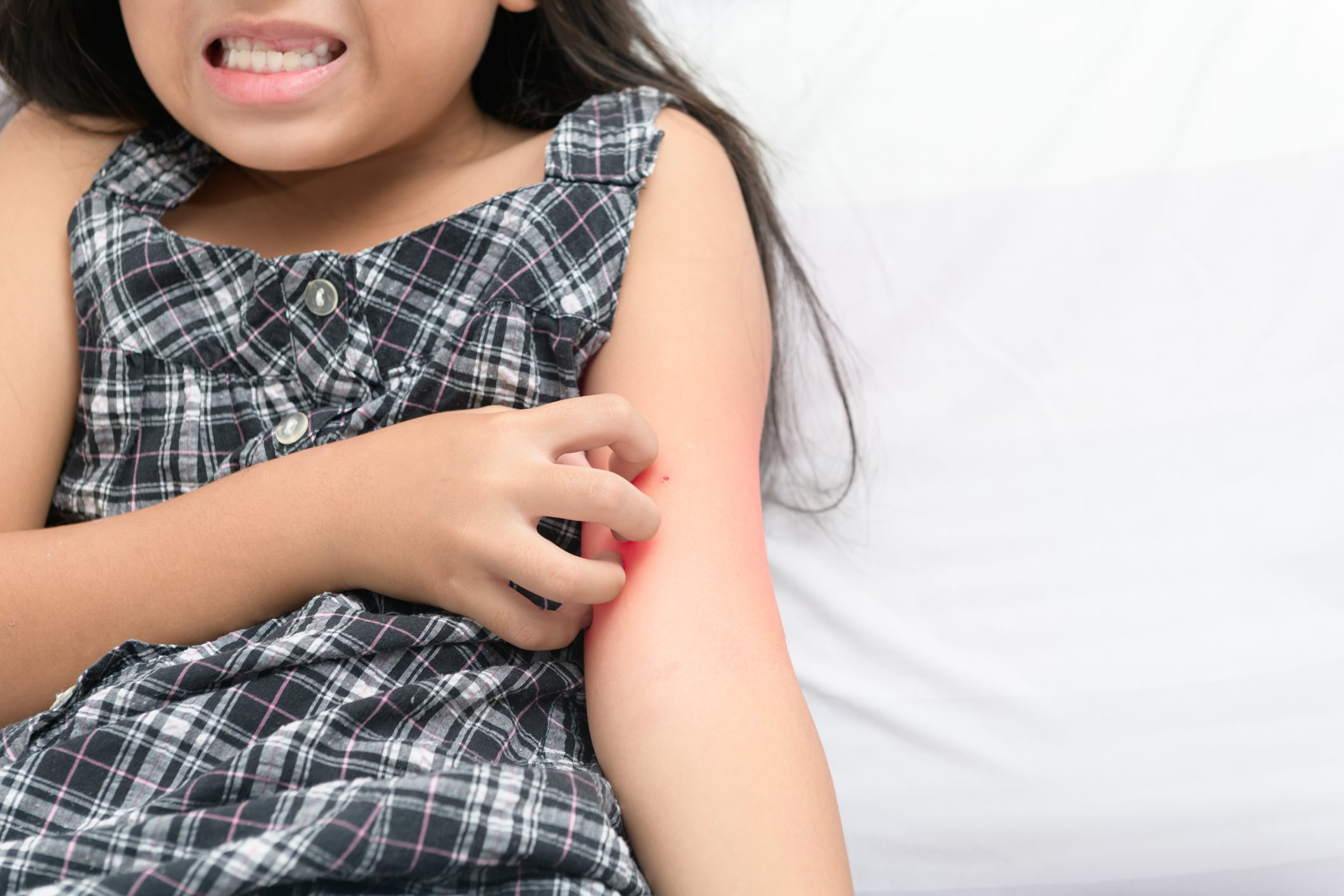Writing in Contact Dermatitis, researchers from the Clinic of Children’s Diseases at Lithuania’s University of Vilnius reviewed a range of skin care products marketed for children to analyse the prevalence of key food allergens. The study reviewed 276 children’s skin care products sold in Lithuania, including rinse-off shampoo, body wash, creams, oils, wet wipes and baby powders, scanning ingredient labels for the presence of milk, eggs, wheat, soy, oats, tree nuts, peanuts and sesame.
Over one-third of children’s skin care contains a food allergen
Findings showed more than one-third (39.1%) contained at least one allergen and products that claimed to be ‘natural’ or ‘ecological’ were “more likely to contain food allergens”.
Among the 276 products analysed – 96% of which were manufactured outside of Lithuania – a total of 156 allergens were recorded: 65 (41.7%) of which were almonds; 35 (22.4%) wheat; 24 (15.4%) soy; 16 (10.3%) oats; 13 (8.3%) sesame; two (1.3%) milk; and one (0.6%) peanuts.
“Food allergens are prevalent in children’s cosmetics,” the researchers wrote.
And because these skin care products contained the “most common food allergens” and percutaneous sensitization and adverse reactions to food allergen-containing skin care products had been reported in children and adults, they said parents were advised to carefully read the composition and avoid such products, especially for certain children.
“Special caution should be taken in choosing skin care products for infants to whom solid food have not been introduced and who have not yet developed an oral tolerance, as well as those with impaired skin barrier function, such as an inflamed diaper area.”
Food allergy warning statements and ‘clinical relevance’ needed
From an industry standpoint, the researchers said: “International regulatory institutions should encourage manufacturers to provide food allergen warning statements in skin care (cosmetic) products.”
“…It is important to know whether food allergens are incorporated in cosmetic products marketed for children,” they said.
The EU Cosmetics Regulation, however, did not currently require a harmonised presentation of potential food allergens in the ingredients list of skin care products, they said.
Moving forward, the researchers said further research would be required to “assess the clinical relevance” of food allergens in skin care products marketed for children.
Deeper knowledge on food allergenicity in skin care
It would be important, for example, to “explore how cofactors, such as food allergen configuration; other chemical substances in the cosmetic product; and consumer-related factors (e.g. skin damage), impact the allergenicity of food allergen-containing skin care products”, the researchers said.
Whilst most allergenic substances, under normal circumstances, “should not penetrate the stratum corneum barrier”, proteins could if the barrier was disrupted or damaged, they said. Allergenicity could also be impacted through modifications made to the ingredients and most of the potential allergens identified in the study were listed as oils, extracts and proteins – each having undergone some sort of process, sometimes reducing allergenicity but other times increasing it.
The researchers said it would also be worthwhile exploring how the frequency of use and duration of application impacted the development of food sensitizations in any further research conducted.
Source: Contact Dermatitis
Published online ahead of print in June 2020 – doi: 10.111/cod.13645
Title: “Food allergens in skincare products marketed for children”
Authors: I. Adomaite, A. Vitkuviene, S. Petraitiene and O. Rudzeviciene




